
Rocky mountain spotted fever (RMSF) is an infection caused by Rickettsia rickettsii, a Gram-negative bacterium. This infectious disease is contracted after being bitten by either the American dog tick (an insect located in the eastern and central parts of the United States) or the Rocky Mountain wood tick (an insect located in the Rocky Mountains and southwestern Canada).
RMSF Clinical Characteristics
After being bitten, patients go through an incubation period of approximately 2-14 days. While some people know they have been bitten by a tick, some are not aware of this insect's bite.
Symptoms of the infection usually start suddenly although there may also be a gradual increase in the symptom's intensity. Fever, chills, fatigue, muscle aches and severe headache are flu-like symptoms typically reported by infected individuals. There may additionally be abdominal pain, loss of appetite, nausea, vomiting and diarrhea. A few days later a person develops skin rash in a form of small pink-red (usually dark red) spots or blotches. The rash lingers for 2-5 days. The first skin changes form on the palms, soles, wrist and ankles and progress towards the rest of the extremities finally affecting the chest, belly and the back. Some patients do not develop skin rash. Finally, most severe cases of RMSF are characterized by damage to many organs and organ systems such as blood vessels, kidneys, liver, intestine, lungs and brain.
RMSF Treatment
Doctors look into patient's medical history, paying close attention to recent tick bites and symptoms patient is complaining about. They also perform physical examination. Additional tests include taking two different blood samples in order to identify an increase in antibodies against the bacterium.
Treatment generally starts before the infection is completely confirmed if the symptoms and all the data regarding the infection strongly point to RMSF.RMSF is treated with antibiotics. Even though some patients with mild disease may stay at home and take antibiotics orally, more complex cases require hospitalization and intravenous administration of antibiotics together with fluids.
RMSF Prevention
The infection cannot be transmitted from a person to person. So there is no need for an individual to be isolated from other family members.
Unfortunately, there is no vaccine against RMSF. But there are certain ways to prevent the infection from developing in the first place. The most efficient one is prevention of tick bites.
First of all, one can avoid tick bites, if he/she stays away from grassy and wooded areas. However, for people who simply enjoy hiking, camping or similar activities this restriction is simply impossible to obey. So, they are due to protect themselves from tick bites. The protection is achieved with light-colored clothing which makes ticks more visible and these can be removed easily prior tick latching onto the skin. One is also supposed to use an insect repellent containing DETT. Long-sleeved shirts and long pants tucked into the socks are also helpful protective measures. These people should also check for ticks at least once per day. Special attention is given to the scalp, the area behind the ears, under the arms, on the ankles and in the genital area. If a tick is in spite of all the preventive measures found, it must be removed immediately.


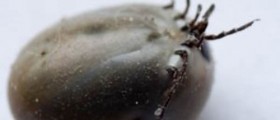
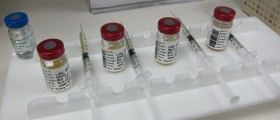

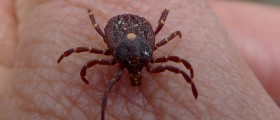

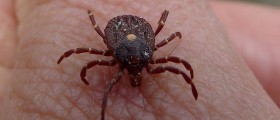

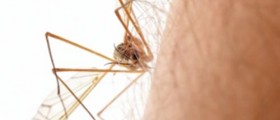

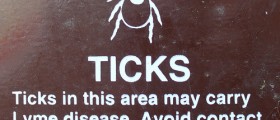


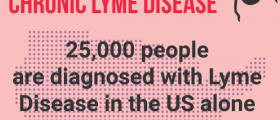
Your thoughts on this
Loading...